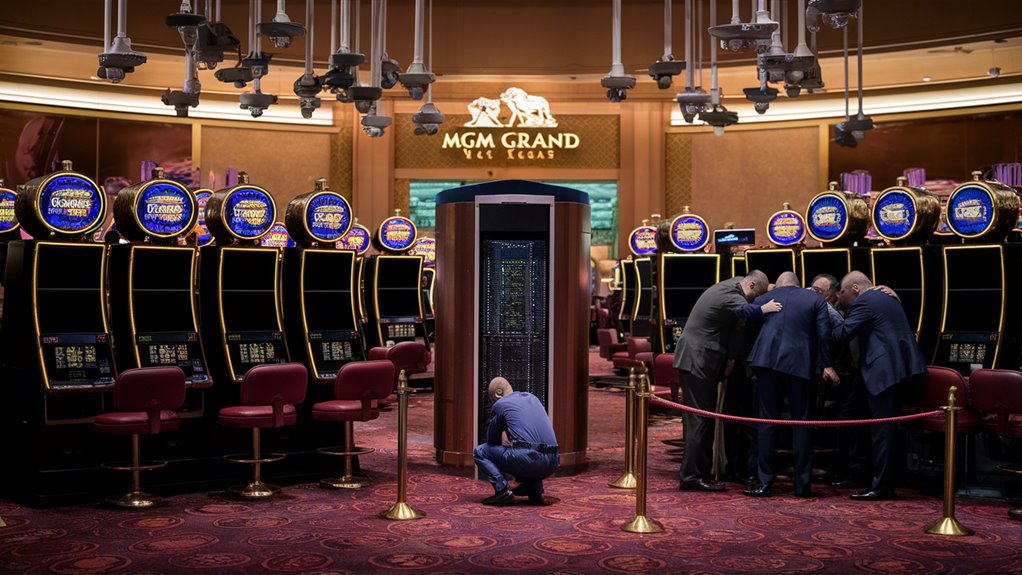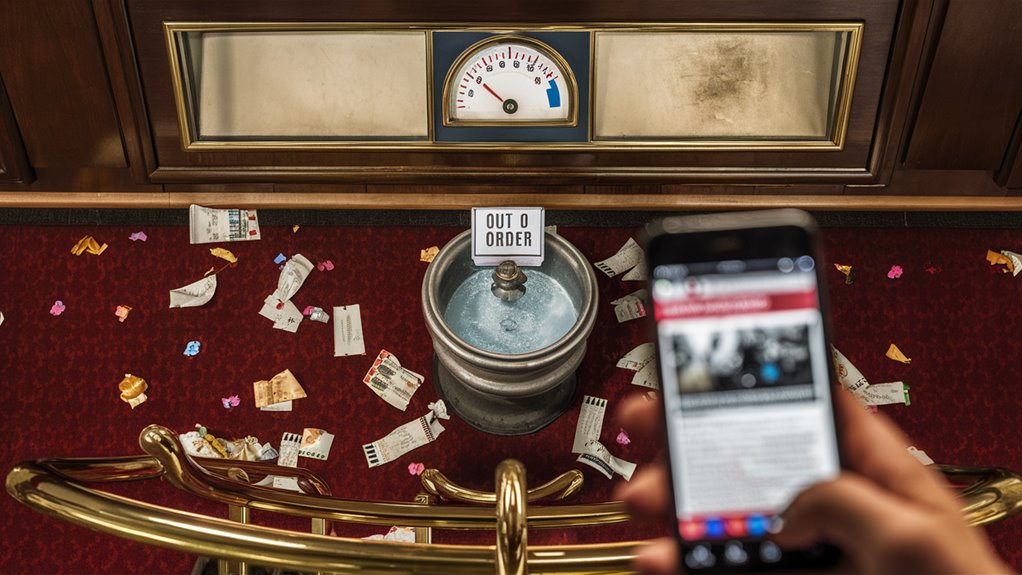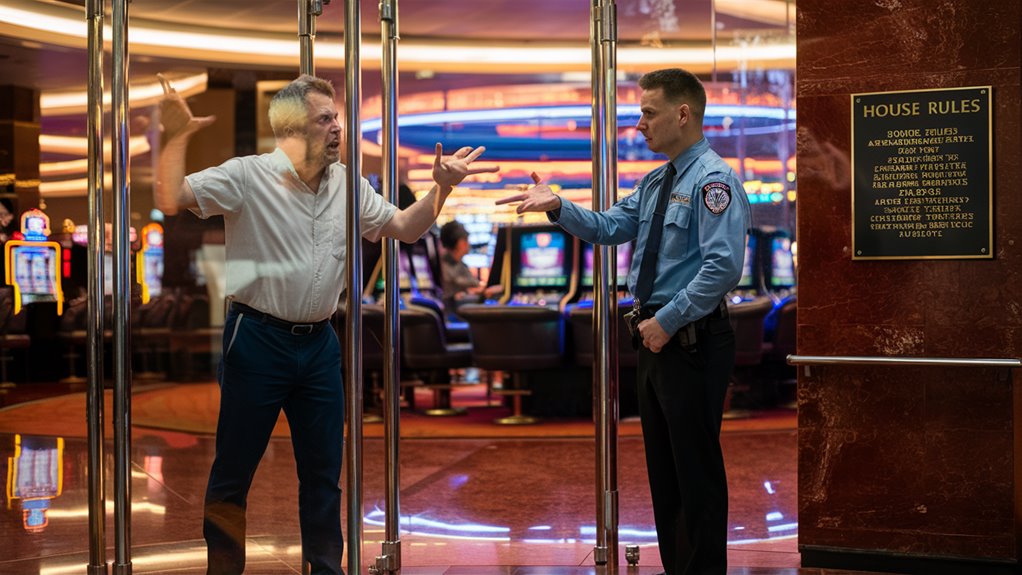소셜 카지노에서 가상 화폐 전략 설계: 실제 현금 가치 은폐 이해하기

소셜 카지노 플랫폼은 복잡한 가상 화폐 시스템을 통해 플레이어의 지출 인식을 완벽히 가립니다. 이 글에서는 다층 환전 구조, 심리적 가격 책정, 보너스 승수와 같은 치밀한 전략이 어떻게 실제 비용 추적을 원천 차단하는지 심층 분석합니다.
다층 화폐 환전 시스템
소셜 카지노는 이용자가 현실 금전 가치를 감지하기 힘들도록 여러 단계를 거치는 화폐 환전 구조를 설계합니다.
- 불규칙 환율: ‘2,500코인 = $4.99’처럼 단위 통일성 없이 복잡하게 구성
- 다단계 환전: 실제 화폐 → 프리미엄 토큰 → 게임 코인으로 이중·삼중 전환
- 인지적 장벽: 단계가 늘어날수록 실제 지출 파악이 거의 불가능
심리적 가격 책정 전술
플레이어의 가격 민감도를 의도적으로 낮추는 강력한 전략들이 작동합니다.
- 보너스 승수: 거래 시 추가 코인을 제공해 단가 인식 왜곡
- 계층화 보상: 소단위 번들과 프리미엄 번들을 계층별로 구분
- 취소선 가격: 원가 대비 ‘할인’ 강조, 즉각적 구매 유도
- 시간 제한 프로모션: 한정 기간 표시로 희소성과 긴급 구매 자극
프리미엄 번들 설계
프리미엄 번들은 검증된 마케팅 기법을 총동원해 이상적 선택처럼 인식됩니다.
- 앵커링: 최고 가치를 기준점으로 제시
- 희소성 강조: ‘한정 수량·한정 시간’ 표시로 긴박감 조성
- 무료 보너스: 추가 혜택으로 인지된 가치 극대화
- 불규칙 단위 표시: 직접 비교를 어렵게 유도

가상 화폐 가격 책정 메커니즘
단위당 실제 비용이 은폐된 정교한 가격 구조가 핵심입니다.
- 시각적 매력: 칩·금화·보석 이미지로 구매 욕구 강화
- 불규칙 단위: ‘6,800코인 = $9.99’ 등 단위 혼란 유도
- 계층화된 가격대: 중간층 번들과 프리미엄 번들로 유도
- 취소선 표기: 절약 효과 강조
복잡한 구매 구조 해독
다단계 구매 경로는 플레이어의 인지적 피로도를 극한으로 끌어올립니다.
- 다층 수익 모델: 화폐 패키지 + 보너스 승수 + 시간 한정 프로모션 결합
- 전략적 화폐 분절: 2차 화폐, 이벤트 토큰, VIP 포인트 등 연계
- 앵커링 심리: 최고 가치 표시로 중간 패키지 매력 감소
보너스 승수의 심리학
변동 비율 보상 원칙에 기반해 도파민 피드백 루프를 폭발적으로 촉진합니다.
- 무작위 등장 승수: 5배, 10배 등 고가치 승수로 기대감 극대화
- 시간 제한 이벤트: FOMO(놓칠 것에 대한 두려움) 유발
- 카운트다운 타이머: 긴박감 부여
한정 시간 제안
희소성과 긴박감을 결합해 즉각적 구매 결정을 유도합니다.
- 코인 소진 시 프로모션 발동
- 연패 직후 심리 취약 시점 공략
- 몰입 최고조 시점 맞춤 오퍼
- 푸시 알림, 깜빡이는 애니메이션 등 시각적 압박
지출 패턴 및 플레이어 행동
플레이어는 충동적 구매와 거래 확대를 통해 지출 습관이 급격히 변화합니다.
- 무료 크레딧 소진 후 즉시 구매 기로
- 소액 구매 → 점진적 고액 구매 패턴 형성
- 긴급 제안 시 계획된 한도 초과
- 고액 거래가 일상적 구매로 정상화

실제 비용 vs. 인식된 가치
복잡한 환전 구조와 UI 디자인이 실제 지출 파악을 완벽히 방해합니다.
- 예시: $4.99 → 50,000코인 환전 시 단가 파악 불가
- “100,000+50,000 무료 코인!” 문구의 심리적 호소력
- 코인 단위 지출 인식과 실제 화폐 간 인지 격차
소비자 보호 및 정책적 대응 방안
소셜 카지노의 복잡한 가상 화폐 전략에 대응하기 위해서는 소비자 보호와 정책적 규제가 필수적입니다. 플랫폼 투명성 강화, 지출 통제 기능 제공, 교육 프로그램 도입 등 다각도의 접근이 필요합니다.
플랫폼 투명성 강화
이용자가 실제 환전율과 지출액을 명확히 확인할 수 있도록 다음과 같은 기능이 요구됩니다:
- 실시간 환전율 표시
- 결제 직전 총 지출 예상액 알림
- 번들별 단위당 비용 비교차트
지출 통제 기능 제공
플레이어가 자발적으로 지출을 관리할 수 있도록 다음 옵션을 지원해야 합니다:
- 일일/주간/월간 지출 한도 설정
- 자기제한 모드(일시적 게임 접속 차단)
- 지출 기록 및 리포트 기능
교육·경고 프로그램 도입
플랫폼 내에서 도박 관련 위험성을 알리고 책임 있는 이용을 권고하는 교육 콘텐츠와 경고 메시지를 주기적으로 제공해야 합니다. 특히 청소년 접근 방지를 위한 인증 절차 강화가 필요합니다.
규제 및 법적 기준 제정
정부 및 규제 기관은 소셜 카지노에 대한 명확한 법적 기준을 마련해야 합니다. 광고·프로모션 규제, 환전 투명성 의무화, 과도한 인게임 구매 제한 조치 등이 포함되어야 합니다.
결론: 의도적 복잡성의 힘과 대응
소셜 카지노의 가상 화폐 전략은 플레이어를 재정 현실에서 완벽히 분리시키고, 지출 인식을 희석시켜 운영자 수익을 극대화합니다. 이에 대응하기 위해서는 플랫폼 투명성, 지출 통제 기능, 교육 프로그램, 법적 규제 등 종합적 대응이 필수적입니다. 책임 있는 이용 환경 조성을 통해 이용자 보호와 지속 가능한 게임 산업 발전을 동시에 도모해야 합니다.






